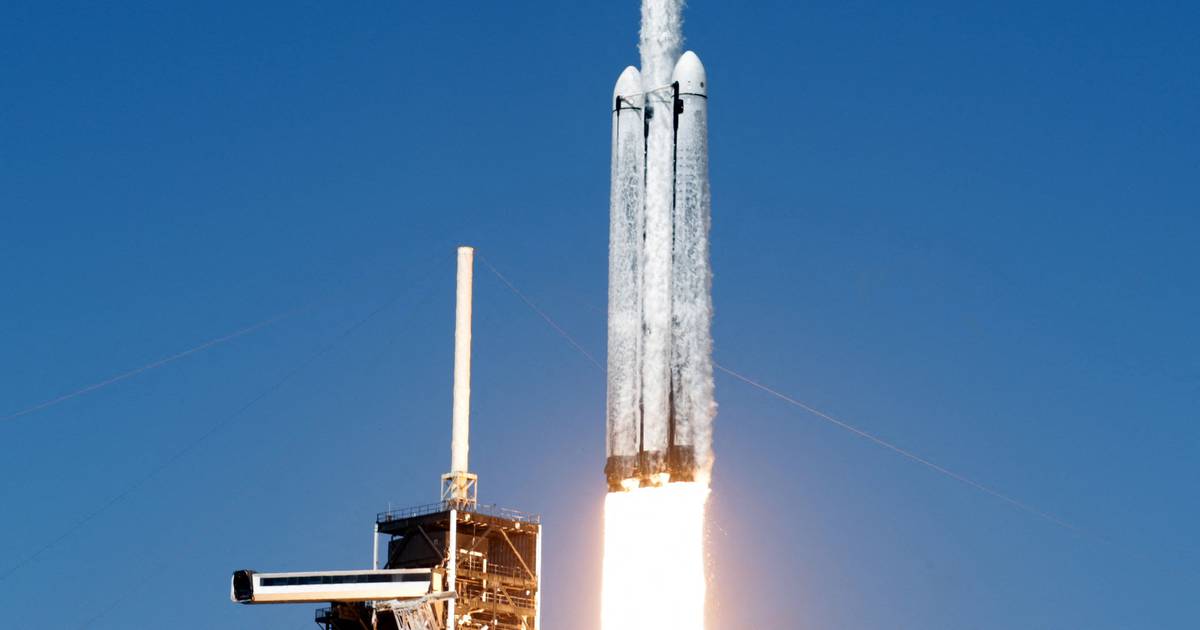According to reports from NASA, Jupiter’s moon Europa has twice as much salt water under its frozen surface as Earth. NASA believes that this water surface is a possible home for microorganisms that are similar in structure and size to those on Earth. The largest spacecraft that NASA has built for a planetary mission will fly by Mars and return around Earth before flying toward Jupiter, where it is expected to arrive in 2030. The mission, worth five billion dollars, will not look for life on the Galilean moon itself, but will look for traces of organic compounds and gases released by the moon in order to assess whether it is habitable, writes The Guardian.
– This is an opportunity to explore not a world that may have been inhabited a few billion years ago, but a world that may be habitable today, right now – said scientist participating in the mission, Curt Niebur.
The spacecraft is over 30 meters long due to the huge solar panels that enable it to fly so far from the Sun.
The spacecraft carries with it cameras to map the surface of the moon and radar to peer under the thick ice sheet that covers Europa. Previous observations of Europa have provided interesting evidence of a subterranean ocean beneath the ice sheet that contains twice as much salt water as Earth. Evidence of life on that moon could be found in the water that was pushed to the surface.
One of the biggest dangers for the spacecraft is the huge amount of radiation that is around Europa. Jupiter is surrounded by a huge magnetic field that throws charged particles at Europa. Any spacecraft that tries to fly around Europe immediately comes into contact with a huge amount of radiation. Due to the danger of radiation, Europe Clipper’s electronics are housed in an aluminum armored vault. The spacecraft will not orbit around the moon itself, but will circle around Jupiter, from where it will make 49 circular flights around Europe. Any flight around Europe lasting less than a day will expose the probe to radiation equivalent to a million chest scans.
Apart from the damage it causes, radiation can also have its benefits. If high-energy particles split water molecules into oxygen and hydrogen in the atmosphere around Europa, some of the oxygen can reach the ocean and provide energy for microbes.
– Water is necessary for life and if we find life somewhere in space, it is very likely that we will find it on an icy moon like this one – said Dr. Caroline Harper from the space agency agencies of the UK. In addition to NASA, the UK Space Agency also participates in the research of Jupiter’s natural satellites. They conduct their mission in the Europa capsule
space agencies.
